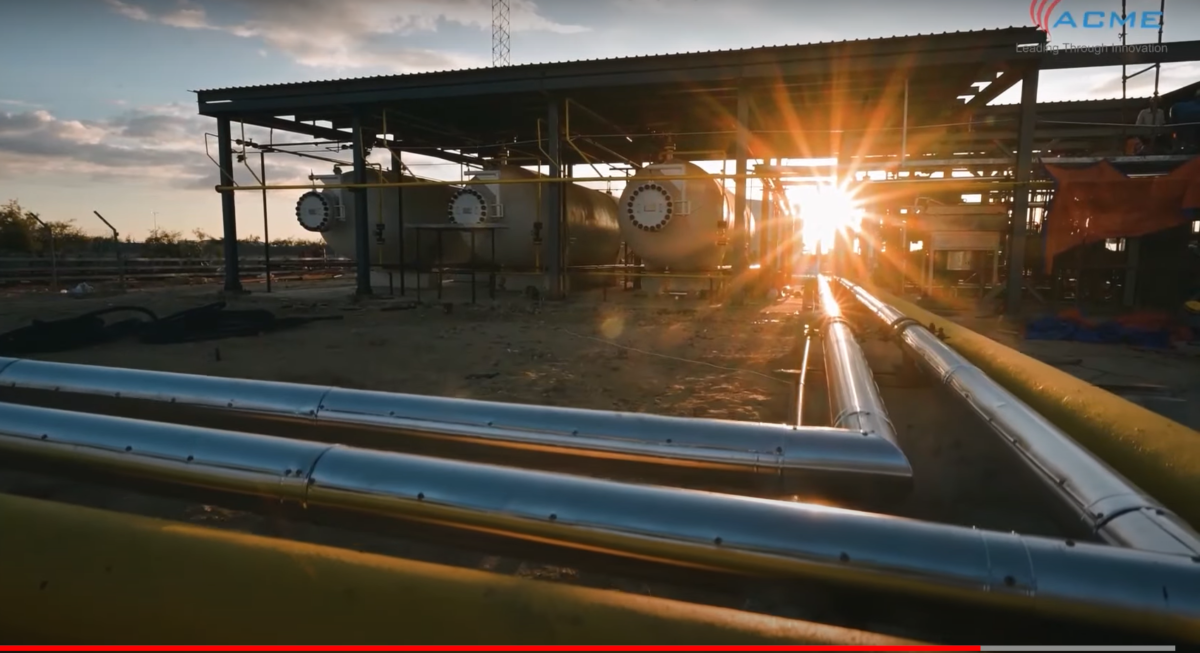A shift to green ammonia would significantly reduce the Indian government’s massive fertilizer subsidy burden and boost energy self-reliance by cutting dependence on imports of expensive liquified natural gas (LNG) for fertilizer manufacturing, according to a new report by the Institute for Energy Economics and Financial Analysis (IEEFA).
Fertilizer subsidy in India is budgeted at INR 1.05 trillion (US$14.2 billion) for 2022-23, exceeding one trillion rupees for the third year in a row. The subsidy will likely have to be increased drastically with fertilizer prices pushed to record levels due to high and volatile global gas prices, exacerbated by the Russia-Ukraine war.
Gas prices increased from US$10.75/MMBtu (metric million British thermal units) in January 2021 to US$33.00 in January 2022. Global urea prices soared to record highs of US$690-794/tonne (INR 51.4-60.4/kg) between October 2021 to March 2022. However, urea for the Indian agriculture sector remained at a subsidized retail price of INR 5.3/kg (US$71/tonne), reflecting the heavy subsidy of more than 90% on the global benchmark price of urea.
“Demand for fertilizer in India is expected to grow, and this will increase the need for further subsidies and LNG imports unless we switch to a cleaner and domestically produced feedstock,” says report author Kashish Shah, energy finance analyst at IEEFA.
“Green hydrogen is produced from the electrolysis of water powered by renewable energy sources and can replace grey hydrogen, which is generated from natural gas, or methane, as a feedstock for ammonia production.”
Shah expects the demand for hydrogen in the Indian fertilizer industry to rise from about 3MT per year today to 7.5MT by 2050.
Cost comparison
The International Energy Agency estimates 8 MT of green hydrogen to green ammonia production capacity planned worldwide.
The IEEFA report looks at leading green hydrogen to green ammonia projects worldwide and reviews the cost competitiveness of producing green ammonia using various electricity inputs – grid electricity, round-the-clock renewable power, and solar power plus batteries.
The cost of green hydrogen production is currently about US$5.5 per kilogram, or US$3 per kilogram in countries with good solar resources and is projected to continue to decline steeply this decade. For it to compete with grey hydrogen at US$2 per kg, the costs of two critical inputs, electrolyzers and renewable energy, must fall further.
“While the gap between the cost of producing green hydrogen and hydrogen from fossil fuels is narrowing, there is still further to go,” says Shah.
Electrolyzers must fall below US$250 per kilowatt from US$700-1,000 and renewable energy to US$20 per megawatt-hour from US$30-35, according to the report.
Making electrolyzers in India, in tandem with the growing solar PV manufacturing base, would cut the cost of producing green hydrogen for green ammonia, says Shah.
Policy intervention
The government’s new green hydrogen policy offers a range of incentives to green hydrogen and green ammonia manufacturers, including land allocation in renewable energy parks, interstate transmission charges waiver for 25 years, and banking of renewable power for up to 30 days.
“These incentives mainly focus on the supply side,” says Shah. “In addition, developers and investors would need a strong offtake pipeline for their product to make the projects bankable. This could be done by implementing a green hydrogen consumption obligation (GHCO) mechanism for fertilizer production and petroleum refining, similar to Renewable Purchase Obligations.”
The report says the next phase of policy incentives could include production-linked incentives (PLI) similar to those provided for solar modules and battery manufacturing. This could bridge the viability gap for interested manufacturers ready to risk capital for green hydrogen and green ammonia projects.
The international green bonds market will be a key funding avenue for projects as developers look to derive value from the synergy of renewables and green hydrogen, the report says.
This content is protected by copyright and may not be reused. If you want to cooperate with us and would like to reuse some of our content, please contact: editors@pv-magazine.com.









Looking for info on Green Ammonia in India